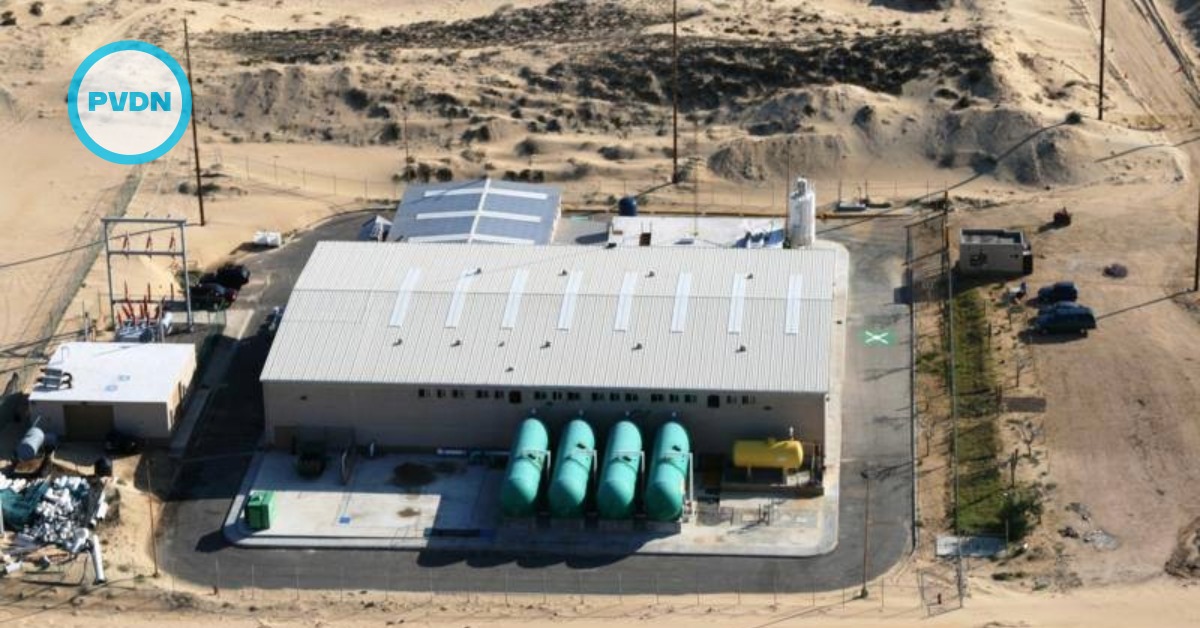“All Eyes On Mexico,” reads the latest headline from Forbes covering Mexico’s landmark energy reform legislation, which passed in late 2013 and will be finalized over the next two weeks as lawmakers release details surrounding how the reforms will be implemented.
“Prior to the reforms, Mexico had [one of] the most closed energy regimes of any country in the world,” writes Forbes. “This is not going unnoticed in the U.S. and abroad, and with good reason.”
Mexico is strategically located, sharing thousands of miles of borderland with the U.S., and it is easily accessible from Canada, as . . .






